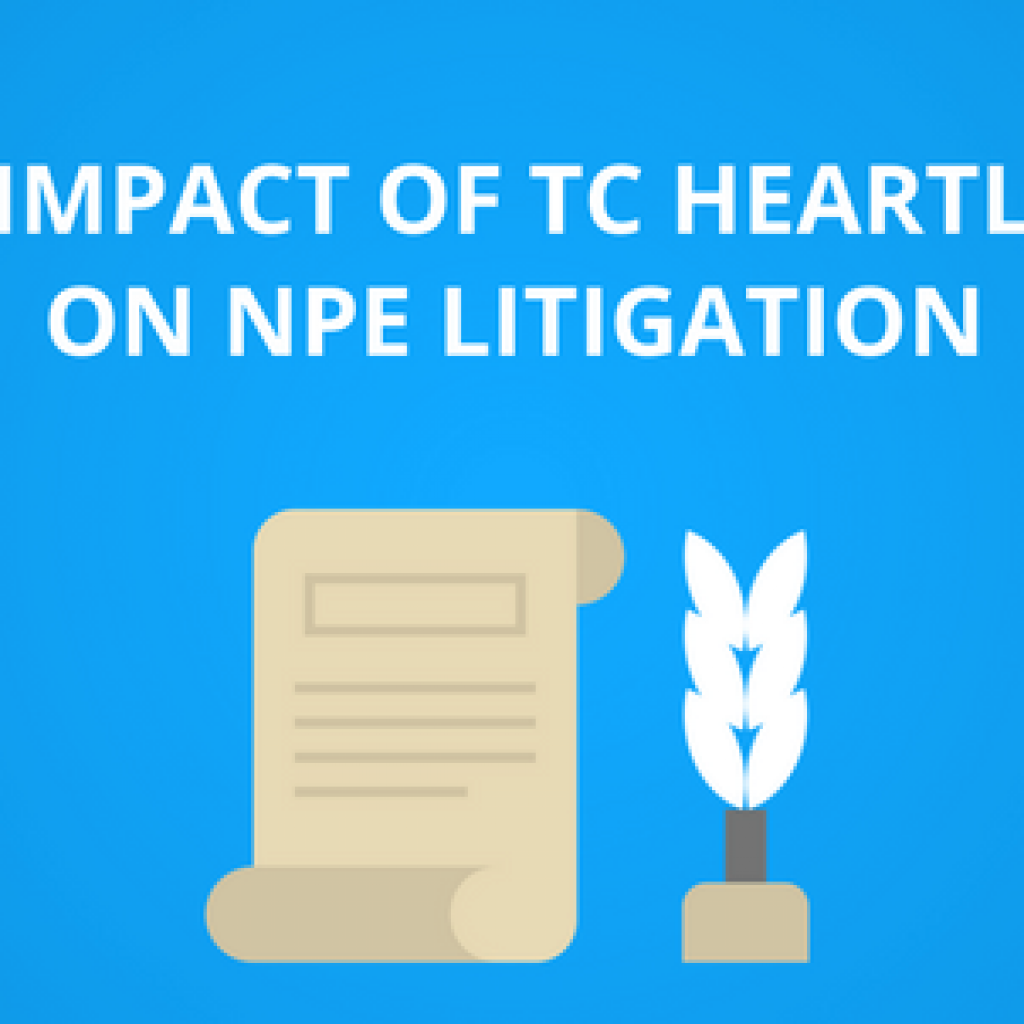If you are a Patent counsel, or in any way responsible for the patent acquisitions of your company, you might be receiving multiple requests from inventors or companies to purchase/license their portfolio. Patent due diligence, resultantly, becomes a core part of your job.
Having said that, we’d agree that analyzing each and every portfolio can be a long and tedious task, which requisites attention to detail, and rightly so because you don’t want to miss out on a gem in the ocean.
We have created the patent acquisition due diligence checklist that can help you in the scenarios mentioned below:
- When you have multiple patent portfolios to choose from and you want to assign a quality score.
- When you want to run a preliminary quality check to filter non-relevant patents/portfolios.
- When you outsourced the due diligence to a service provider and want to review their report from the Quality Assurance standpoint.
Ideally, the due diligence process can be divided into three phases – Prioritization, Investigation, and Final Selection. This is a non-exhaustive list that can help in the first stage of due diligence i.e. prioritization.
Patent Due Diligence Checklist for Quick Prioritization
- Background Research:
- The very first thing you need to do is to perform a little background research, your research should be able to answer few things like how a company does business or if it follows a particular business model. This helps in strategizing the Due Diligence process.
- For example, Netflix follows a bundling/subscription-based model where they bundle together services and provide a subscription to the end customer. Using this information you can quickly prioritize patents that claim a process or workflow (system-level) over patents which are based on circuit-level details.
- Review all contracts/agreements:
- Agreements that concern the protection of IP need to be looked into as they can have a significant effect on the IP in question. These agreements/documents include agreements such as licensing agreements, assignment agreements, inventor-assignee agreement, collaboration agreement, royalties agreements, settlement agreements, R&D agreements, etc.
- Obtain Copies of Related Documents:
- It is suggested to obtain copies of all related documents pertaining to the IP, like file wrapper histories, reports for prior art searches, Invention disclosures or any NDA’s involved. Prior art references shared during prosecution (file wrapper history) and prior-art searches provide an insight of potential competitors or companies which can be a threat in the future.
- Check all relevant dates:
- All crucial dates related to patent portfolio needs to be checked as it’s vital to know how long you can benefit from those IP and what other concerns related to the patent need to be addressed. Dates that need to be checked include priority dates, expiration dates, renewal dates, etc.
- Geography:
- The jurisdictions being covered by the patents, and their family members in the portfolio. It’s important to know which jurisdictions are covered by the patent portfolio so that you can expand your business accordingly.
- Mortgage on the portfolio:
- Sometimes, patent owners take loans from banks keeping their IP assets as a mortgage. If not checked, a buyer could end up repaying the loans.
- Litigation Status:
- If the patent was subject of (or) to any litigation. Also, find out the end results of the cases, were there any settlements involved or any other agreements related to the case that should be checked. The settlement agreement can involve crucial details like if the company was involved in cross-licensing, and if a license was provided to other companies and licenses’ renew period.
- Family Members:
- Family members indicate the jurisdictions and reach of a company, but it’s also important to check details related to family members of the patents involved. You can check if any of the family members are still in the prosecution phase, as it can be used to strategically amend the application.
- For example, if a patent application has claims in similar lines to a product available in the market and if the patent has a priory date earlier than that of product or seeks priority date from an older application which is before that of product date, it can be used to amend the claims or to file CIP application which can have claims crafted in way which overlaps with the features of the product.
- Existing licensee:
- Patents which are commercialized/licensed. Check related terms and conditions like technology transfer details, royalties, etc.
- Check the terms of licenses. Is there any exclusive license?
- Timelines:
- Check the details of all important timelines such as the duration of the license.
- Applications that are likely to be issued during the due diligence period should also be kept in consideration.
- Ownership of the IP
- The ownership of the IP and the status of the maintenance fees or renewal fees need to be checked and ensured that the rights are still in force.
- The legal status of patent applications – it is very crucial to check whether the seller is really entitled to sell the IP.
- Third-Party Involvements:
- Whether any third party is involved and their significance.
- To give you an example, Volkswagen purchased the IP assets of Rolls Royce and Bentley to the tune of $900 million. It was only after the deal was sealed that Volkswagen realized that the trademark “Rolls Royce” was owned by BMW through a prior agreement. Volkswagen then had to enter into a separate agreement with BMW for the said trademark.
- Validity and Enforceability:
- Find if any strength check has been performed for the portfolio. You definitely don’t want to spend money on a patent that can be invalidated. Further, below are certain aspects that must be checked for an incoming patent portfolio:
-
-
- If the claims of a patent document are covering the key technologies or not.
- If there is any significant portion in a patent document that isn’t properly drafted.
- If the technology required for working is not mentioned in the document.
-
- Potential Infringement:
- If there is a significant overlap of the patents with a competitor you can use it to monetize it either by licensing, infringement suits or cross-licensing.
- Case: VLSI technology LLC filed an infringement suit against Intel and all of the patents involved originated with NXP Semiconductors.
- Terminal Disclaimers:
- Check if any of the patents which you are buying are terminally disclaimed to other patents that you are not buying because in this case, you will end up buying unenforceable patents.
- Case in point: The University of New Mexico sued Intel Corporation for infringement of US6042998 (’998) which was terminally disclaimed to another US5705321 (’321) owned by Sandia Corporation. Intel Corp. argued that patent ‘998 was unenforceable as it was not commonly owned with patent ’321. The district court resultantly dismissed the case.
- Alignment of patents with your end business goal
- Before purchasing/licensing a portfolio, you should look at it with an end business goal in mind. If patents are being purchased for defensive purposes, looking from an angle of patent strength is suggested. If patents are being acquired for product development, looking from an angle of usability to the product line is suggested.
- Usability of Patents
- If you are acquiring IP from a product development perspective, have a discussion with your internal R&D team as well as licensor. Moreover, make sure to add consulting of the licensor R&D team as part of the license. IBM is popular in doing this. Taking inputs from the R&D team can help avert the situation where you can end up purchasing patents that are not useful for the product line.
- Uber is one good example. The company has been buying a lot of vehicle telematics related patents for some time and most of these patents complement their product portfolio.
This gets us to the end of our list. You can either bookmark this page for future reference.










